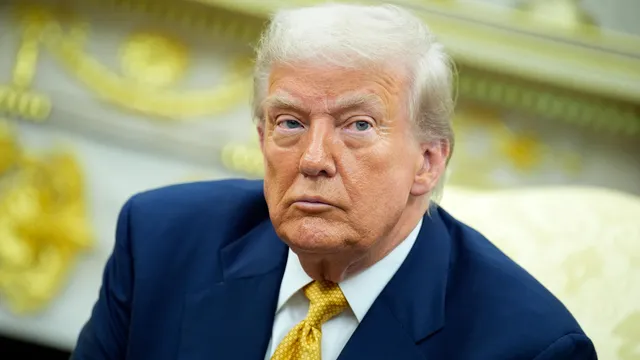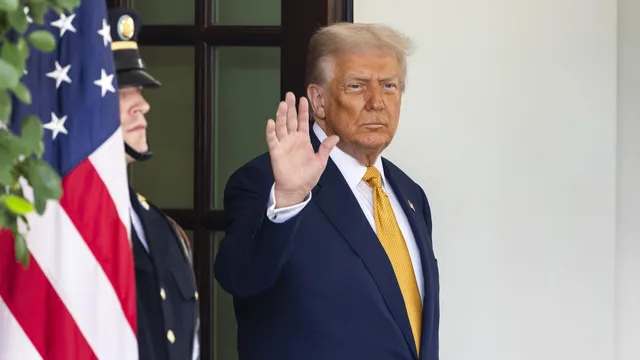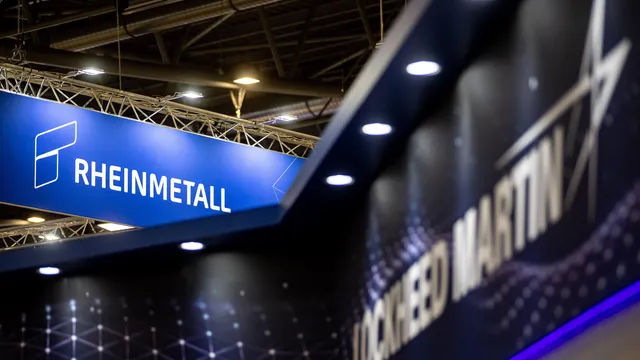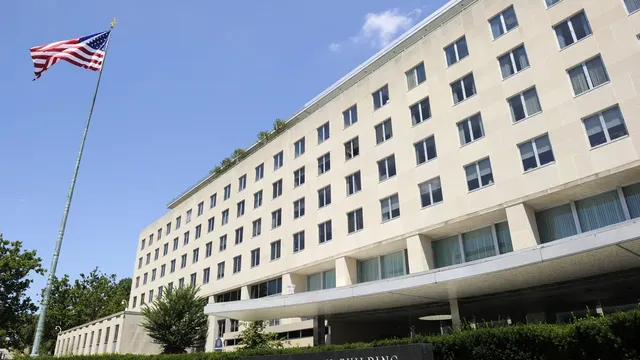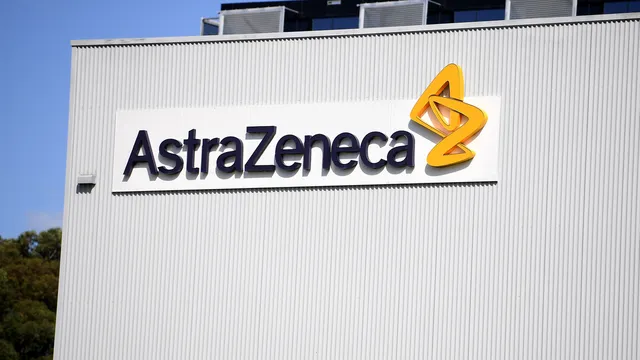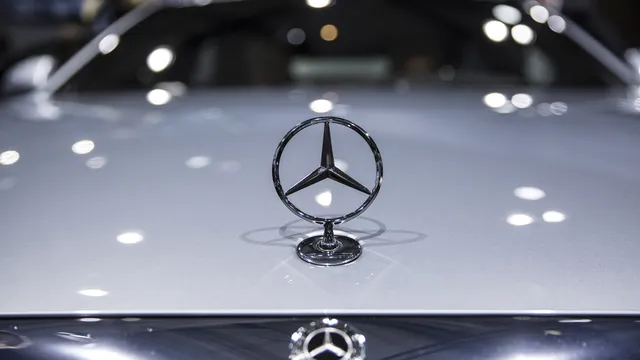Japan and the Philippines have increased to five the number of countries that have concluded trade agreements with the US before the deadline set by President Donald Trump – August 1 – to avoid punitive tariffs.
The rates included in the agreements are often significantly higher than the new base rate of 10% that the US has been applying since April, but are far lower than the levels that the Trump administration threatened to impose if no agreement was reached.
Barclays analysts note "a trend towards higher tariff rates in the 15-20% range," AFP reported.
Although many details of the deals still need to be worked out, it is clear that the parties have made significant concessions to reach an agreement with the US.
"The scale of the concessions made by the Japanese government could raise fears of very difficult negotiations with other countries such as the European Union," said analyst Bastien Drut at CPR Asset Management in Paris.
Japan – 15%
Under the terms of the trade agreement with Japan, which Trump called "tremendous," the country's exports will be subject to a 15% tariff instead of the threatened 25% rate.
Crucially, Tokyo secured an agreement that a 15% rate will apply to its cars. This industry accounts for 8% of jobs in Japan and is already subject to a 25% tariff.
Moody's Analytics analyst Stefan Angrik said that while 15% is lower than the threatened 25% rate, it is much higher than the low single-digit rates in place before Trump's return to the White House.
"In that respect, it's not exactly good news. I think 15% is a much, much higher tariff rate than many, many people expected. And it's important to keep that in mind," he said.
The 50% tariffs on Japanese steel and aluminum will remain in place.
Trump announced that as part of the deal, Japan will invest $550 billion in the US.
The US president also said that Japan will open its market to American cars and trucks, as well as rice and some other agricultural products.
Philippines – 19%
Under an agreement also announced on July 22, the Philippines received a small reduction in tariffs on its goods entering the US.
Products from the Southeast Asian country, which is a major exporter of high-tech products and clothing, will be subject to a 19% tariff instead of the threatened 20%.
United Kingdom – 10% on average
In May, London and Washington concluded a deal under which the 27.5% tariff on cars will be reduced to 10% for the first 100,000 cars per year, which is a major victory for Jaguar Land Rover.
The deal is also a success for the British aerospace sector, particularly jet engine manufacturer Rolls Royce, which has been granted a tariff exemption.
London is still negotiating to get its steel and aluminum products out of the current 25% tariff.
But the UK had to open up its market more to US ethanol and beef.
Its other products are subject to a 10% base tariff.
Vietnam – 20%
In early July, Vietnam reached an agreement with the US, its main export market for products including clothing and footwear. Under the agreement, its products will be subject to a 20% tariff instead of the 46% threatened by Trump.
However, a 40% tariff will apply to goods that pass through the country to circumvent stricter trade barriers.
Goods from the US will not be subject to tariffs when entering Vietnam.
Indonesia – 19%
Under the deal reached last week, Indonesian goods entering the US will be subject to a 19% tariff, which is lower than the 32% threatened by the US president.
Some Indonesian goods that are not available in the US may be subject to even lower rates.
According to Washington, almost all US goods will be able to enter Indonesia without customs duties. In addition, Jakarta has agreed to recognize US standards for imports of cars and medicines.
It also agreed to abandon efforts to tax data flows and ease restrictions on exports of important minerals.
The deal follows concessions made by Indonesia earlier in July, when it committed to buying more agricultural goods and oil from the US. | BGNES

 Breaking news
Breaking news
 Europe
Europe
 Bulgaria
Bulgaria
